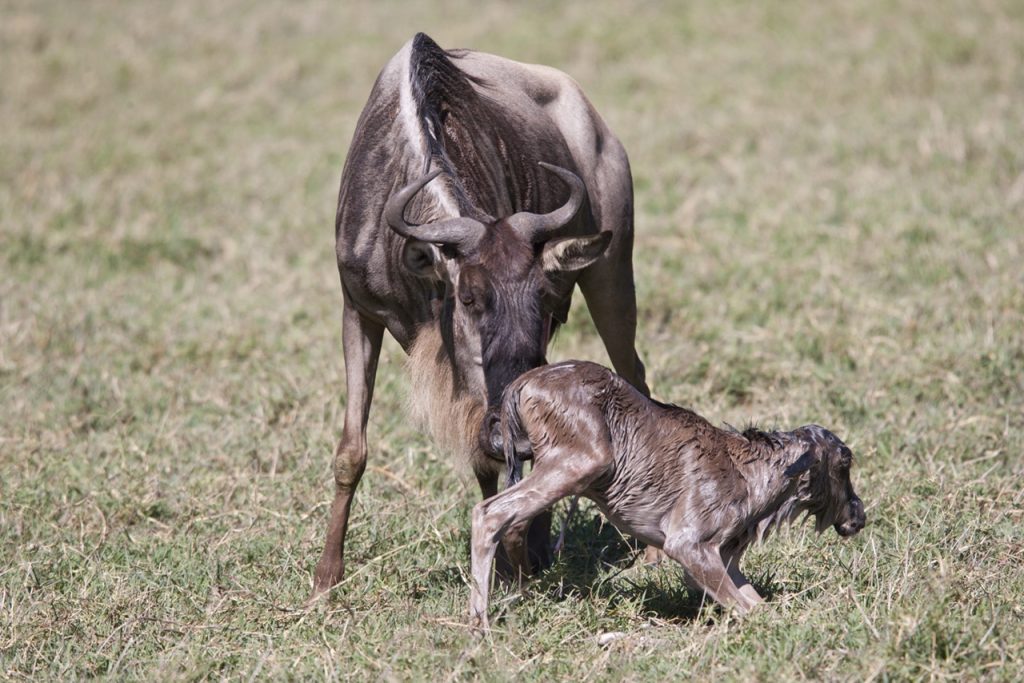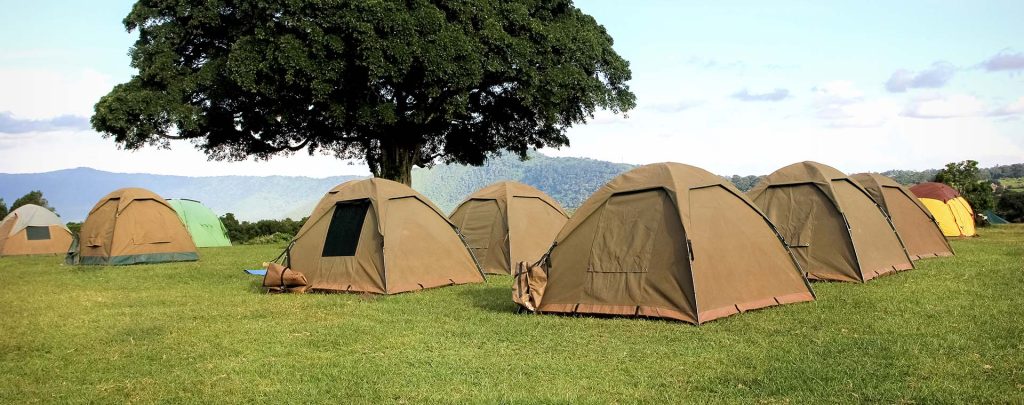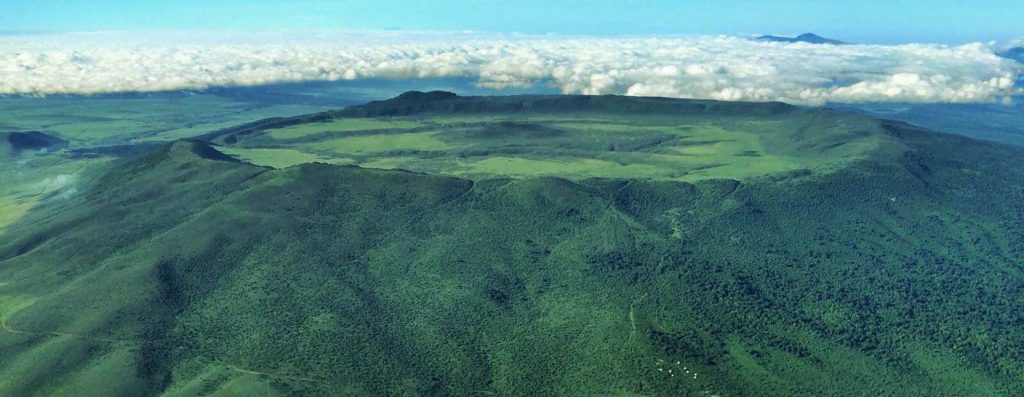The Archaeological Sites of Ngorongoro
Laetoli Footprints
The Laetoli Footprints are the oldest known footprints of early ancestors of humans in the world. The site of Laetoli is 25 miles to the southwest of Olduvai Gorge in the Conservation Area. About 3.6 million years ago in Laetoli, two early ancestors of humans walked through wet volcanic ash. When the nearby volcano erupted again, subsequent layers of ash covered and preserved the oldest footprints of early humans.
According to archaeologists, the Laetoli Footprints present three separate tracks of an upright walking hominid named Australopithecus afarensis. The entire footprint trail is almost 27 meters long and includes impressions of about 70 early human footprints. Replicas of these footprints are displayed at Olduvai Museum.
The Laetoli area was first studied by the German entomologist Kohl Larsen in the 1920s and yielded a few fossils. In 1974 a team led by Mary Leakey made the discoveries of the hominid footprints, and excavations were carried out in 1978 and 1979.
Nasera Rock
Nasera Rock is a huge monolith jutting out from the plains to an elevation of 100m on the western side of the Gol Mountains, 27 kilometres north of Olduvai Gorge.
The site of the rock has yielded archaeological resources since the 1930s, when excavations started around it. Most of the findings at Nasera consist of stone artefacts, bone fragments, and shreds of pottery dating back to about 30,000 B.C.
Nasera Rock is also a spot for climbers and bird watchers. The eastern side of the rock is gentler and enables climbers to reach the top.
There is rich bird life all the time around the lower part of the rock. During the wet season, the surrounding plains are green and full of wildebeests.
Olduvai Gorge
Olduvai Gorge (sometimes spelt Oldupai) is the most famous archaeological location in East Africa, and has become an essential stop for travellers to Ngorongoro or Serengeti. It is located about 40km northwest of Ngorongoro Crater, just a few kilometres off the main Serengeti road.
Olduvai Gorge stretches about 50km and is up to 90m deep. Research at the Gorge began more than a century ago, producing a wealth of archaeological and palaeontological data for the study of some key phases of early human evolution.
The first European known to have seen Olduvai Gorge was a German butterfly collector, Professor Wilhelm Kattwinkle. In his notes in 1911, he described Olduvai as containing “the book of life” and he took back to Berlin a considerable number of fossils including the teeth of an extinct three-toed horse known as Hipparion. However, Olduvai was made famous by the excavations over the middle of last century by the palaeontologist Louis Leakey, and his wife, Mary Leakey.
Louis Leakey first visited Olduvai Gorge in 1931. He and Mary discovered Zinjanthropus boisei in 1959, then the oldest significantly intact hominid fossil from Olduvai Gorge. This skull, plus other archaeological finds from Olduvai Gorge are housed in the national museum in Dar es Salaam.
Bones of hominids belonging to the Homo lineage that includes Homo habilis, Homo erectus, and Homo sapiens have also been excavated at Olduvai, as well as hundreds of other fossilized bones and stone tools dating back millions of years, leading palaeontologists to conclude that humans evolved in Africa.










